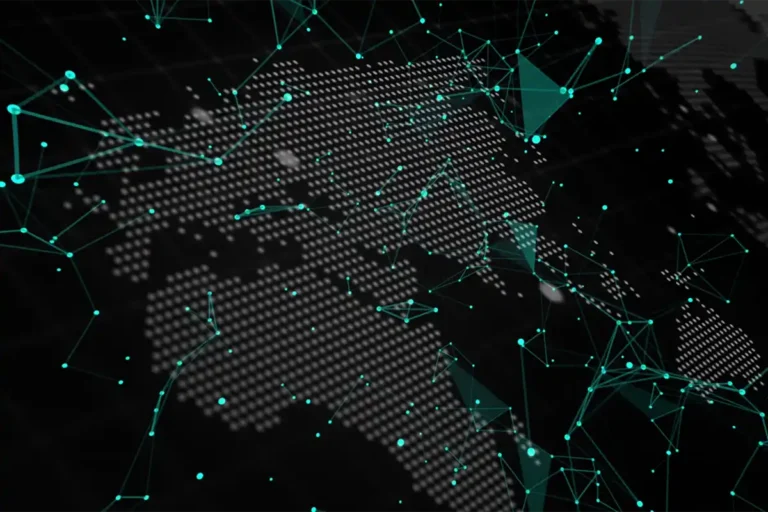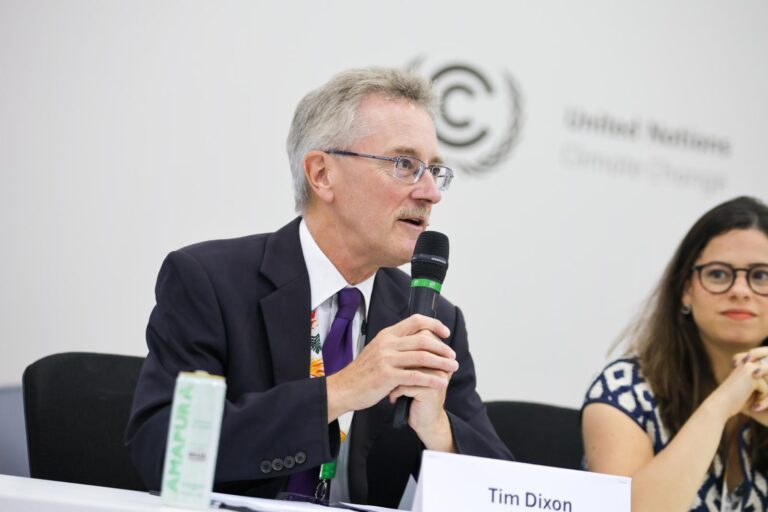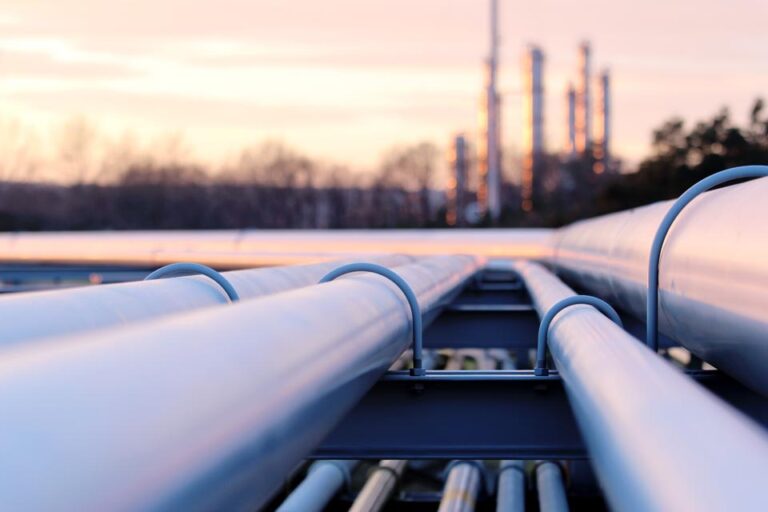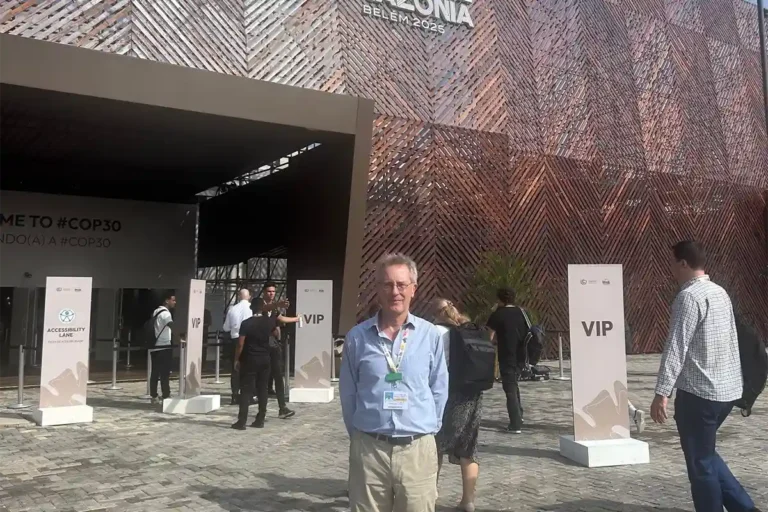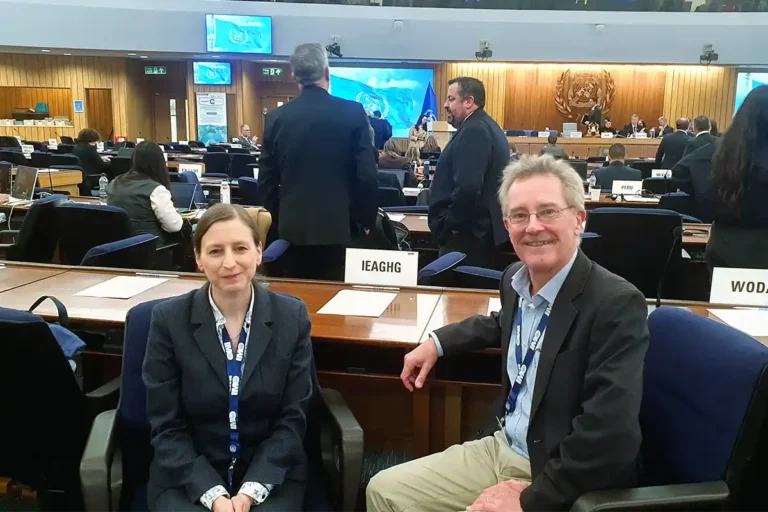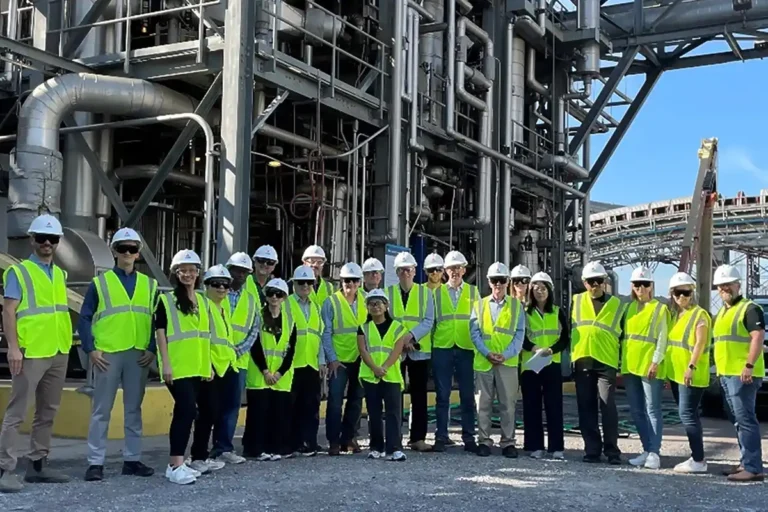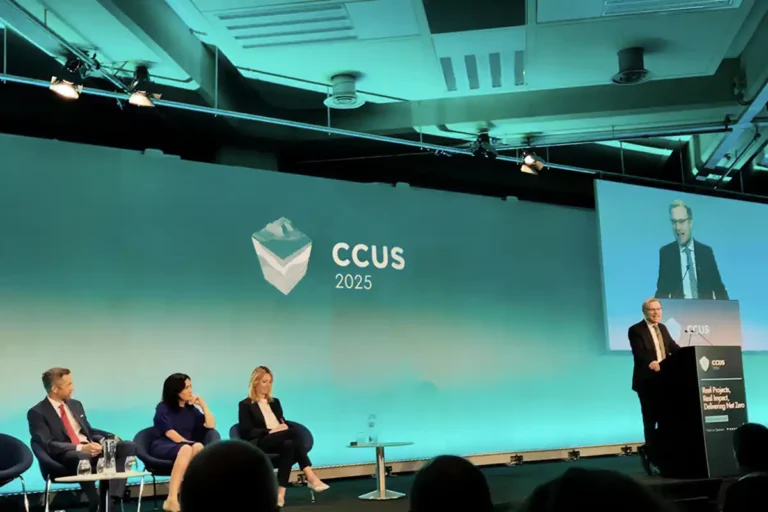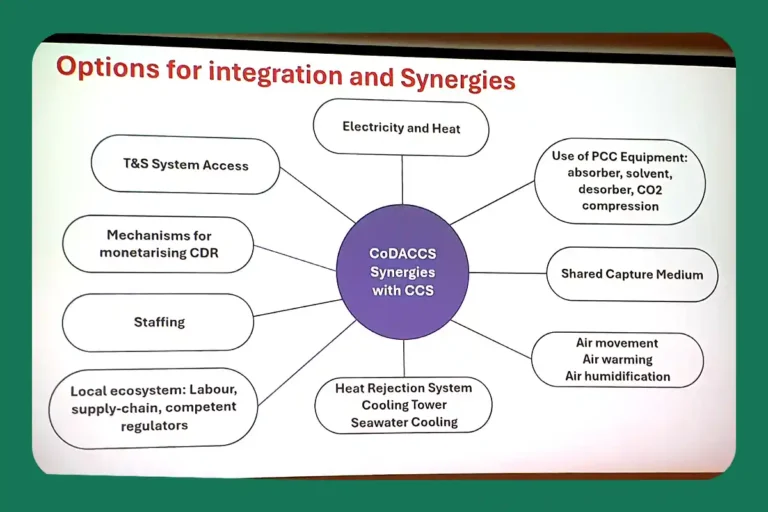
Update on National Carbon Capture Center (FE0022596)
22 August 2018

Tony Wu presented recently in the NETL CO2 capture review meeting in Pittsburgh (August, 2018) the activities in the National Carbon Capture Center (NCCC). Between 2014 and 2020, the DOE and industrial sponsors will invest $187.5 million to cut down costs on CO2 capture through R&D activities.
The main advantages of those testing facilities are: the possibility to test different CO2 capture systems (pre and post-combustion), making the comparison of systems easier; flexibility in capacity and process conditions; and the independent data acquisition. That means that developers would bring their technologies but NCCC is just supporting the impartial evaluation of those. Moreover, the NCCC capabilities are expanding, which will allow additional tests.
Up to now, 33 technologies from 24 developers (74% are private companies), have been tested in the PC4 unit. From those, 7 technologies have been (or are ready to be) scaled up to +10MW. Moreover, not only operational issues and carbon capture performance can be extracted from the accumulated operation hours, but also, for example, emissions and corrosion issues from the use of liquid solvents. Generally, chemical absorption with liquid solvents is the most studied technology (see figure below).However, due to the flexibility of those facilities, other carbon capture technologies based on sorbents and membranes have been tested (<5MW)
 Figure 1 Tests on chemical absorption performed at NCCC (source: slide from the presentation given by Tony Wu, August 15, 2018)
Figure 1 Tests on chemical absorption performed at NCCC (source: slide from the presentation given by Tony Wu, August 15, 2018)
This update has brought great news to the carbon capture community. Thanks to facilities as NCCC, it is possible to test new technologies under real conditions, increasing the confidence on CO2 capture technologies. Those testing campaigns are essential before further scale-up and bring experience and discovery of research gaps. Last year, during PCCC-4, we were lucky to visit those facilities and we hope to have the opportunity to see latest advances soon. Meanwhile, we will follow their activities.
Other articles you might be interested in
Get the latest CCS news and insights
Get essential news and updates from the CCS sector and the IEAGHG by email.
Can’t find what you are looking for?
Whatever you would like to know, our dedicated team of experts is here to help you. Just drop us an email and we will get back to you as soon as we can.
Contact Us NowOther articles you might be interested in
Get the latest CCS news and insights
Get essential news and updates from the CCS sector and the IEAGHG by email.
Can't find what you are looking for?
Whatever you would like to know, our dedicated team of experts is here to help you. Just drop us an email and we will get back to you as soon as we can.
Contact Us Now

